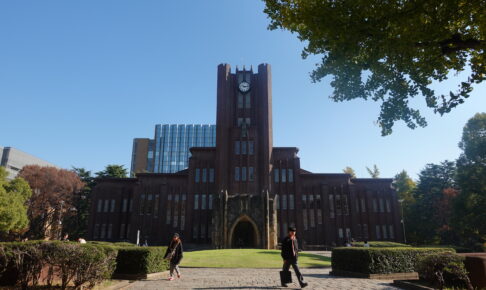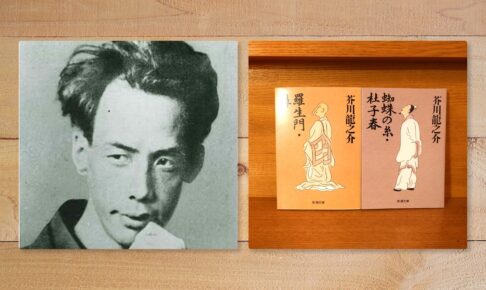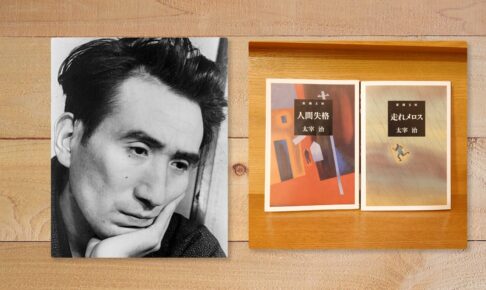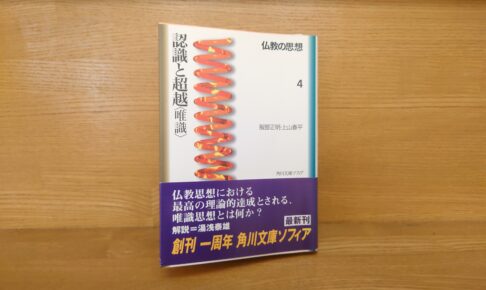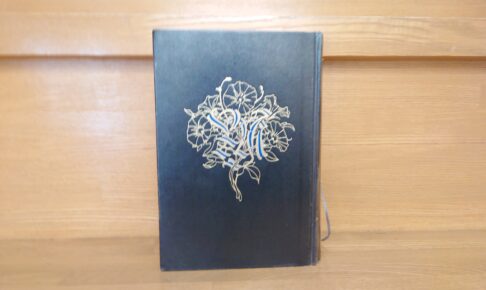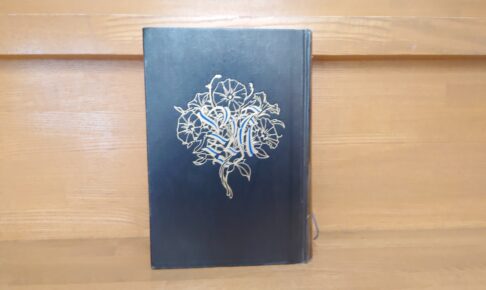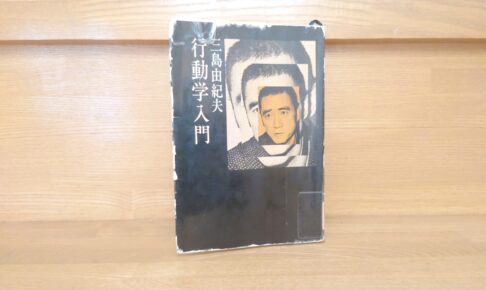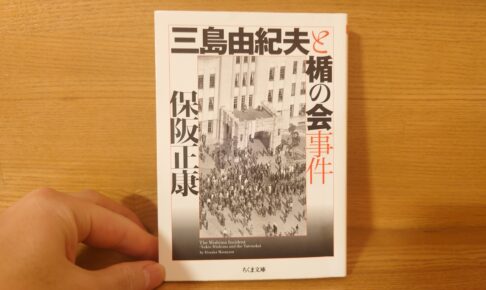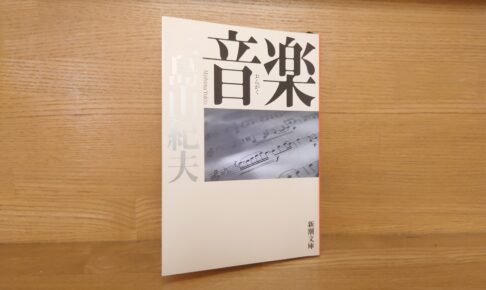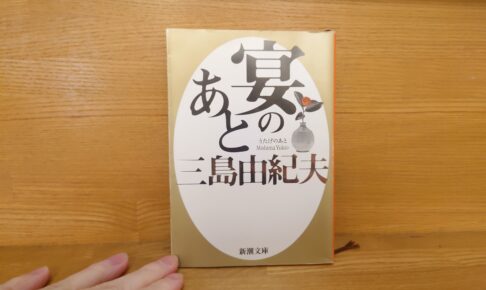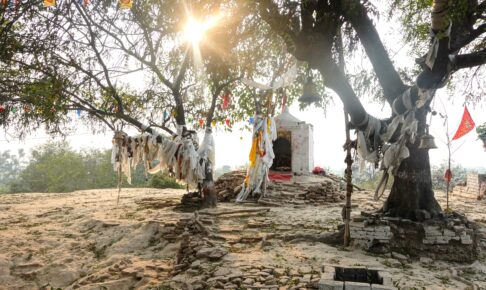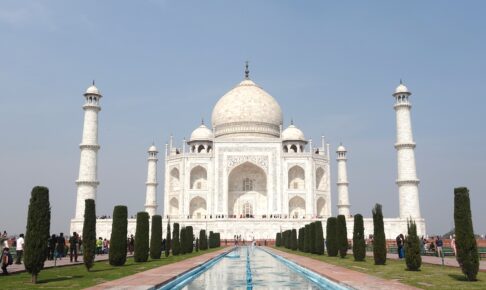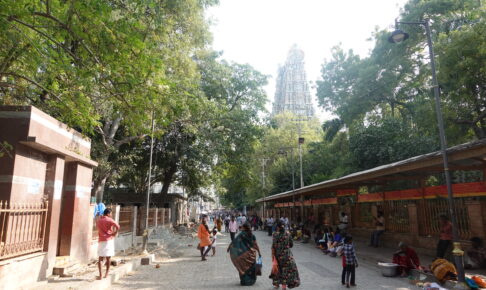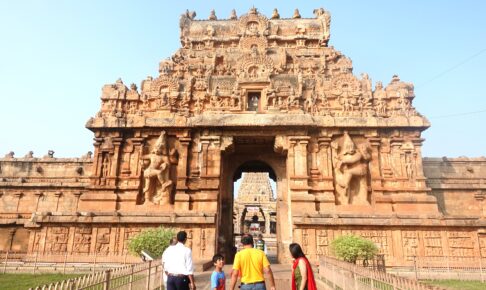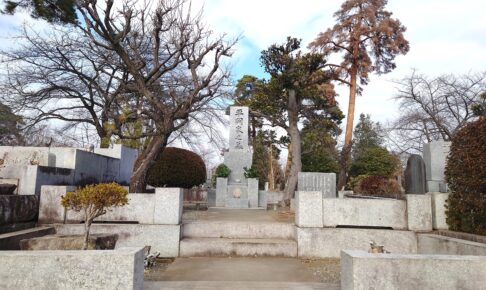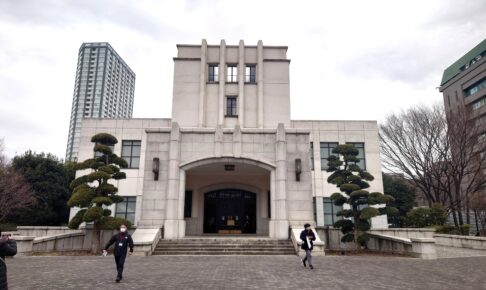(58) A Visit to the University of Tokyo's Yasuda Auditorium - What was that Yasuda Auditorium Incident at the University of Tokyo? Thoughts on the Student Conflict of the Time
While traveling in India and Sri Lanka, I was reading books about the student conflict. In particular, "72 Hours at the Fallen Yasuda Auditorium of the University of Tokyo" by Sasa Atsuyuki vividly described the backstage of the Yasuda Auditorium incident.
I am now on my way to the Yasuda Auditorium. For me, the University of Tokyo, which I have visited many times, looked completely different on this day.












